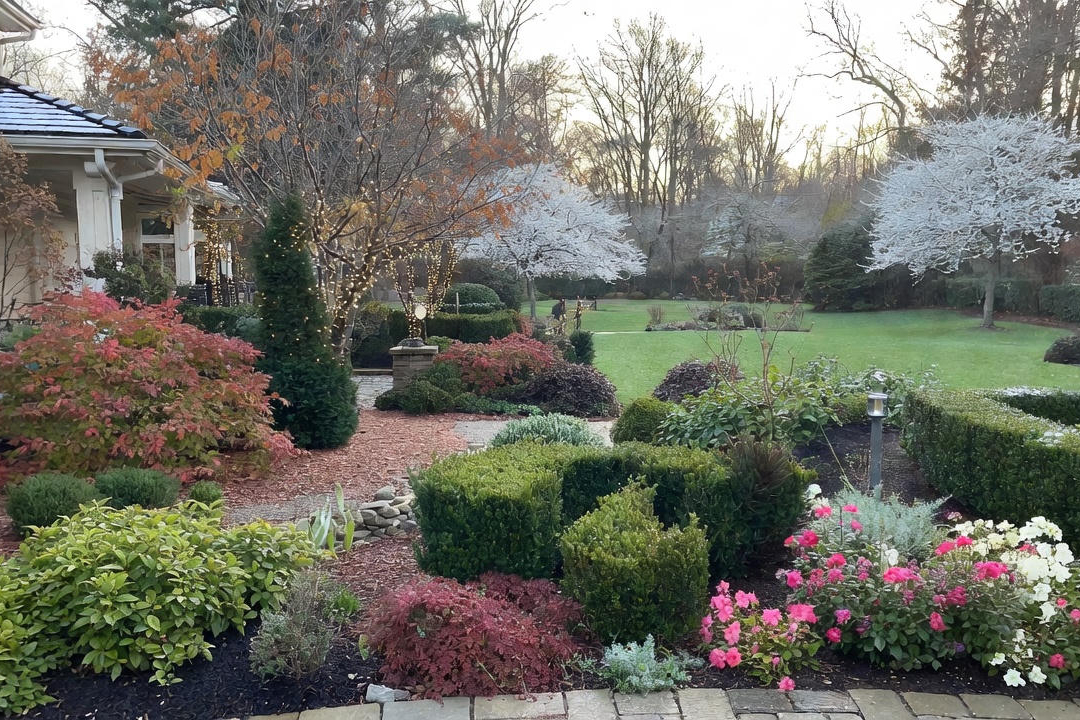
Carex (Carex sp.), also known as Sedge or Garden Sedge, is an incredibly versatile foliage plant in the garden. While it looks like an ornamental grass, it is really a perennial plant with grassy looking plant leaves. These leaves can be striped or range in color from soft pinks and burgundy’s all the way to olive or chartreuse green. There are over a thousand varieties of sedges growing natively in most every place on earth. Because of this the plants were overlooked as ornamental landscaping plants as looking too much like grass. With perennial gardens incorporating grasses of every sort in more recent times, the plant has grown in popularity; there is a carex plant for every garden situation imaginable. Gardeners love carex because the plant adds interesting textures and forms into the shade garden.

When, Where, and How to Plant Carex
Generally speaking, carex prefer rich, consistently moist soil and can tolerate part sun through full shade. Consider amending native soils with rotted manure, compost, and worm castings to enhance water retention and soil content. Plant in garden zones 7 to 9 in the spring or fall. Carex does not like to be placed in dry or windy sites.
There are many different varieties of carex; this makes it easy for you to find one for your very specific needs. Do your research to make sure you have the right carex for your planting location. For example, some carex spread by rhizomes, others have more traditional roots. While some prefer full shade and bog, others might need a dryer spot. There are many variables to consider dependent upon the spot you plan on placing the plant.
Advice and Care
Most carex love moisture and its leaves can turn brown and crispy in hot, dry summers. Mulching is critical for carex in helping its root systems retain moisture. Leave the foliage up for winter interest and cut to the ground in late winter. There are no serious diseases or insect pests that seem to affect these plants.
Companion Planting and Design
Carex can become a lawn substitute, particularly for a small feature area in a shady spot where grass will not normally grow planted en masse. Gorgeous as a path edger or border plant, carex can enliven a dull pathway. Place carex in containers, window boxes, and vertical wall gardens for vertical interest.
Download iScape now and create landscape designs that enable you to easily design a horticultural wonderland. iScape it!




.jpg)

.jpg)